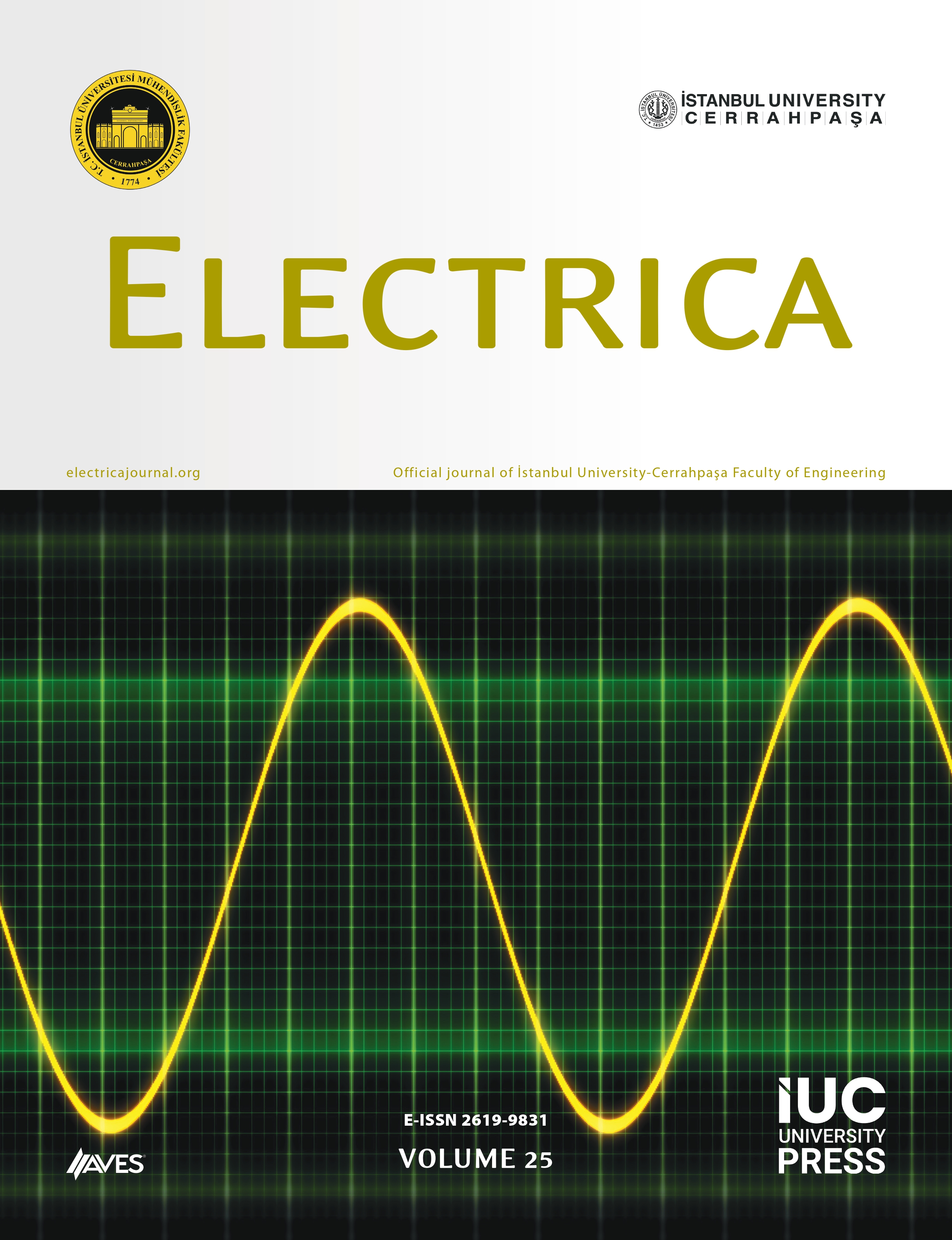In this study, the effects of magnetic wedges on the performance of small-power induction motors are thoroughly investigated. In order to improve motor efficiency and reduce losses, three magnetic wedges with different relative magnetic permeability values are analyzed and compared to a reference motor without a magnetic wedge. Electrical losses are computed using the Finite Element Method (FEM) in ANSYS Electronics Desktop, while thermal analysis is conducted through the FEM-based Steady-State Thermal program. The transient and steady-state losses are evaluated, and the results indicate that the use of magnetic wedges significantly enhances motor efficiency, primarily by reducing winding losses and minimizing temperature rise. Furthermore, magnetic wedges positively impact torque fluctuations in both transient and steady-state conditions, improving motor stability. The study confirms that the degree of efficiency improvement is directly related to the relative magnetic permeability of the wedge. Motors using a wedge with higher permeability show better performance, with a greater reduction in losses and temperature, and an improvement in torque stability. These findings show that magnetic wedges, typically used in large power motors, can also offer significant advantages in efficiency, torque stability, and temperature control when applied to small-power induction motors.
Cite this article as: S. Doğan, S. Zorlu Partal and B. Gümüş, “Investigating the impact of different magnetic wedges on efficiency of small induction motors,” Electrica, 25, 0137, 2025. doi: 10.5152/electrica.2025.25137.



.png)

.png)